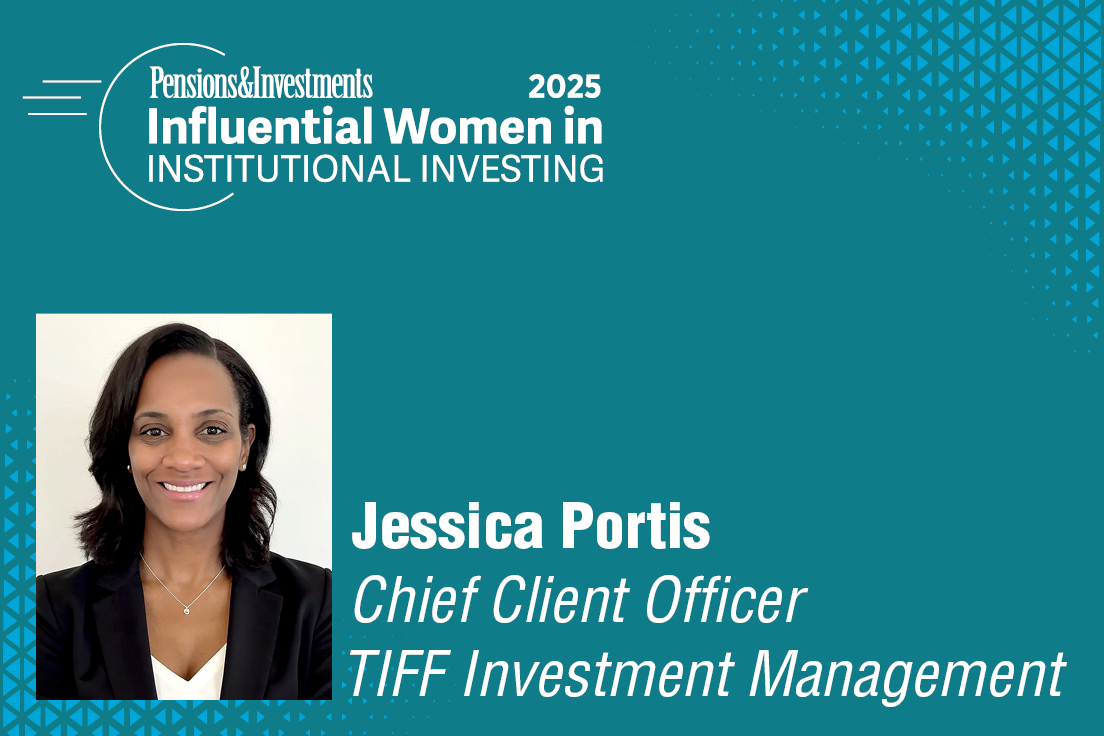Coauthored by:
Mallory Dennis, Executive Director, Client CIO Group, TIFF Investment Management
Gregory W. Hayes, CPA, Partner, MST
Overview
On May 22, 2025, the House passed the One Big Beautiful Bill Act, which introduces a tiered excise tax structure on net investment income (NII) for private foundations.1 This marks a departure from the longstanding flat 1.39% rate and introduces implications for foundation operations, investment strategy, and grantmaking.
Private foundations with larger asset bases may face higher excise tax rates under the new tiered structure, but for most, the financial impact will be modest and manageable with thoughtful planning. The key is not to overreact, but to understand how the new rules interact with spending, investment, and grantmaking decisions.
What’s New for Private Foundations
For a broader overview of the bill’s structure and legislative context, see TIFF’s earlier white paper: ‘Big Beautiful Bill’ Refines Endowment & Foundation Taxes with Tiers (May 21, 2025). A summary of the tiered tax framework referenced in the paper is provided below:
Tiered Excise Tax Rates2
The bill replaces the flat 1.39% excise tax with a four-tier system based on total asset value:

Key Distinctions:
- No exclusions for assets used in direct charitable activity, which may increase taxable assets.
- Related entities’ assets may be aggregated to determine the applicable tier, which may put an institution into a higher tax tier.
- Valuation is based on year-end assets, which may increase unpredictability and raise the risk of unintentionally moving into a higher tax tier.
Clarifying the 5% Payout Rule
Under current IRS guidance, the excise tax on net investment income continues to be treated as a qualifying distribution for purposes of satisfying the 5% minimum payout requirement. While the total distribution obligation remains unchanged, the composition of that payout may shift — allocating a greater share to tax liabilities rather than to charitable grantees.
This structural nuance, though not new, takes on greater significance under the tiered excise tax regime. Foundations subject to higher tax rates may find that a more substantial portion of their required payout is absorbed by excise tax, effectively reducing the funds available for direct philanthropic activity. This dynamic underscores the importance of integrating tax exposure into both grantmaking and spending policy decisions.
While the 5% payout is a statutory minimum, foundations may choose to distribute more. In the context of higher excise tax obligations, exceeding the minimum may be necessary to sustain current levels of charitable activity.
Implications for Foundations
Grantmaking
Higher excise taxes will reduce the portion of the 5% payout available for direct charitable grants. Foundations may need to reassess their grantmaking strategies, adjusting discretionary commitments, prioritizing core grantees, or shifting toward fewer but larger grants to maximize impact under tighter financial constraints.
Spending Policy
For foundations in higher tax tiers, spending policy decisions become more complex. Some may choose to exceed the 5% minimum payout to sustain current grantmaking levels. While this can preserve programmatic continuity and support to grantees, it may increase pressure on long-term endowment sustainability.
At the same time, tax planning to manage excise tax exposure becomes a critical part of spending strategy. Because tier placement is based on year-end asset values, market volatility can lead to unanticipated tax increases. This dynamic introduces new constraints on available resources and may reduce the portion of the payout available for direct charitable activity.
Foundations should evaluate how spending decisions interact with tax liability, investment performance, and corpus preservation to ensure alignment with both mission-driven goals and financial resilience.
Investment Strategy
Maintaining higher spending while absorbing increased taxes could erode principal over time if not offset by stronger investment returns. Foundations may seek to revisit their strategic asset allocation to ensure it continues to support both spending needs and long-term capital preservation. Modest increases in risk tolerance or shifts toward asset classes with higher expected returns could help offset the incremental tax burden. The key is to evaluate portfolios holistically and consider the net of fee, after-tax outcomes over time.
Liquidity planning also becomes more important under this new regime. Foundations must ensure sufficient flexibility to meet grant and tax obligations without disrupting long-term investment strategy. Because tier placement is based on year-end asset values, market volatility can introduce unpredictability. Scenario modeling can help assess how different market and spending paths may affect tax liabilities and portfolio sustainability.
Next Steps: A Measured Approach
The introduction of a tiered excise tax structure is a meaningful policy change, but the impact is expected to be modest.
This context is important: most foundations — including those served by TIFF and MST — are unlikely to experience a significant increase in tax burden. The actual impact on net returns will be modest — often a fraction of a percent — and can be offset by thoughtful planning and strong investment performance.
Foundations should consider the following:
- Model potential tax tier outcomes based on projected year-end asset values to understand exposure and plan accordingly.
- Review spending and investment policies to ensure they remain aligned with long-term goals, especially in light of slightly reduced net returns.
- Communicate proactively with grantees about any potential implications for funding, particularly if multi-year commitments are involved.
- Evaluate investment structure and tax efficiency. The data shows that well-constructed portfolios can continue to deliver strong after-tax outcomes even with a modest increase in excise tax. It may not be necessary to make any meaningful changes to the current approach.
In summary, this is a moment for strategic reflection. Foundations that take a proactive but balanced approach will be well-positioned to navigate the new landscape without compromising their mission or long-term sustainability.
TIFF and MST will continue to monitor developments and provide guidance as the bill progresses through the Senate.
This piece was written in partnership with Gregory Hayes, CPA, Partner at MST. Greg specializes in accounting and strategic tax planning for private foundations and brings expertise to the evolving regulatory landscape.
The materials are being provided for informational purposes only and constitute neither an offer to sell nor a solicitation of an offer to buy securities. These materials also do not constitute an offer or advertisement of TIFF’s investment advisory services or investment, legal or tax advice. Opinions expressed herein are those of TIFF and are not a recommendation to buy or sell any securities.
These materials may contain forward-looking statements relating to future events. In some cases, you can identify forward-looking statements by terminology such as “may,” “will,” “should,” “expect,” “plan,” “intend,” “anticipate,” “believe,” “estimate,” “predict,” “potential,” or “continue,” the negative of such terms or other comparable terminology. Although TIFF believes the expectations reflected in the forward-looking statements are reasonable, future results cannot be guaranteed.
Footnotes
H.R.1 — One Big Beautiful Bill Act, 119th Congress (2025–2026), accessed June 5, 2025, https://www.congress.gov/bill/119th-congress/house-bill/1/text.
Ways and Means Committee, “Summary of the One Big Beautiful Bill,” accessed June 5, 2025, https://waysandmeans.house.gov/wp-content/uploads/2025/05/The-One-Big-Beautiful-Bill-Section-by-Section.pdf.
















